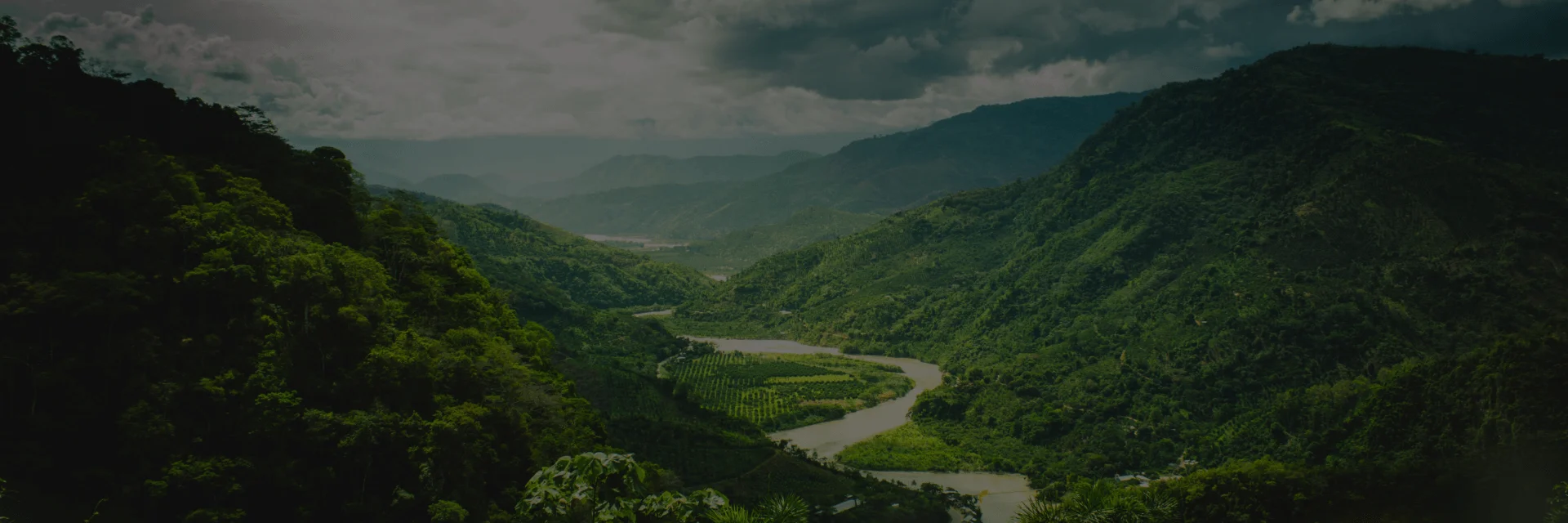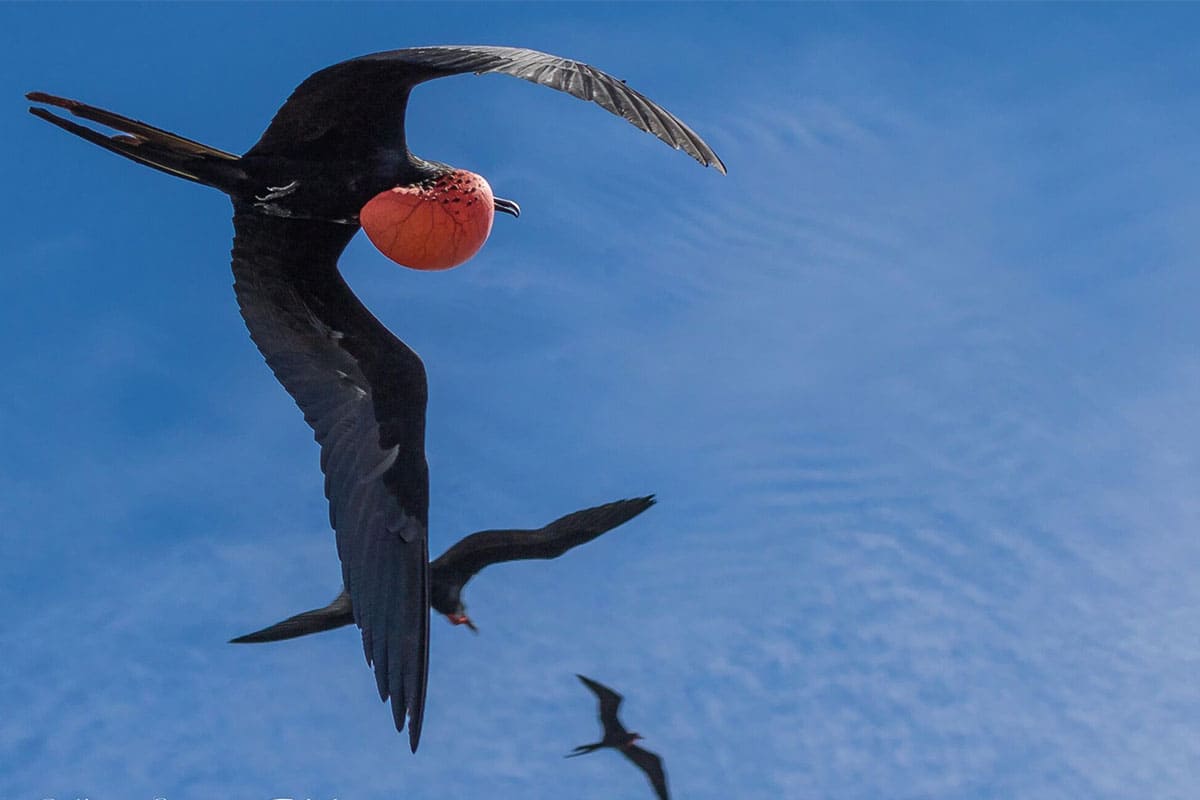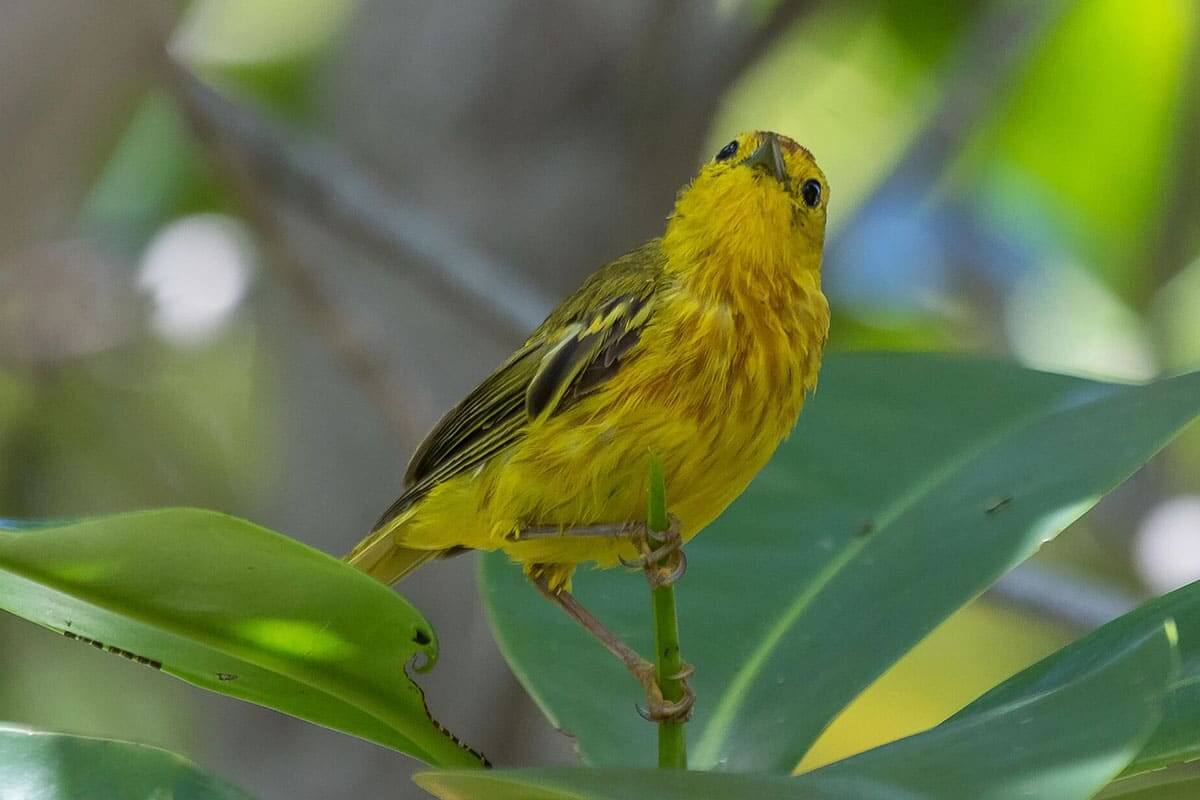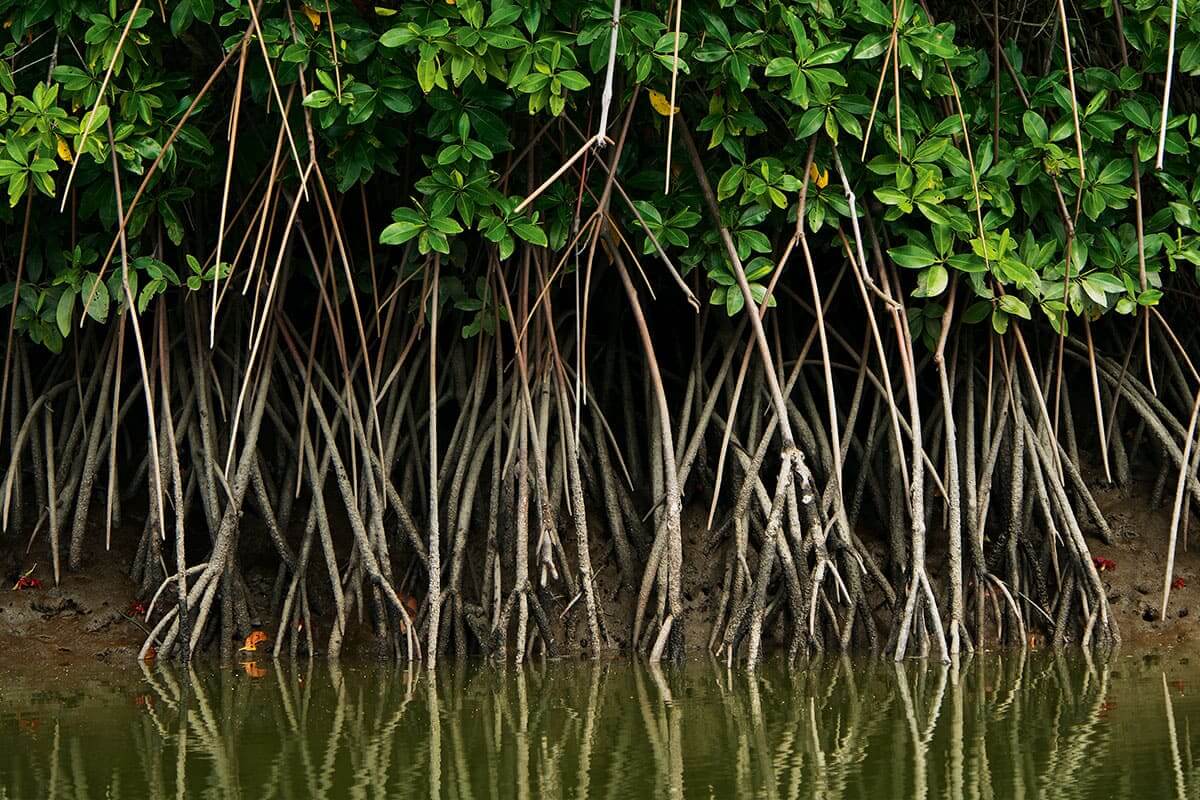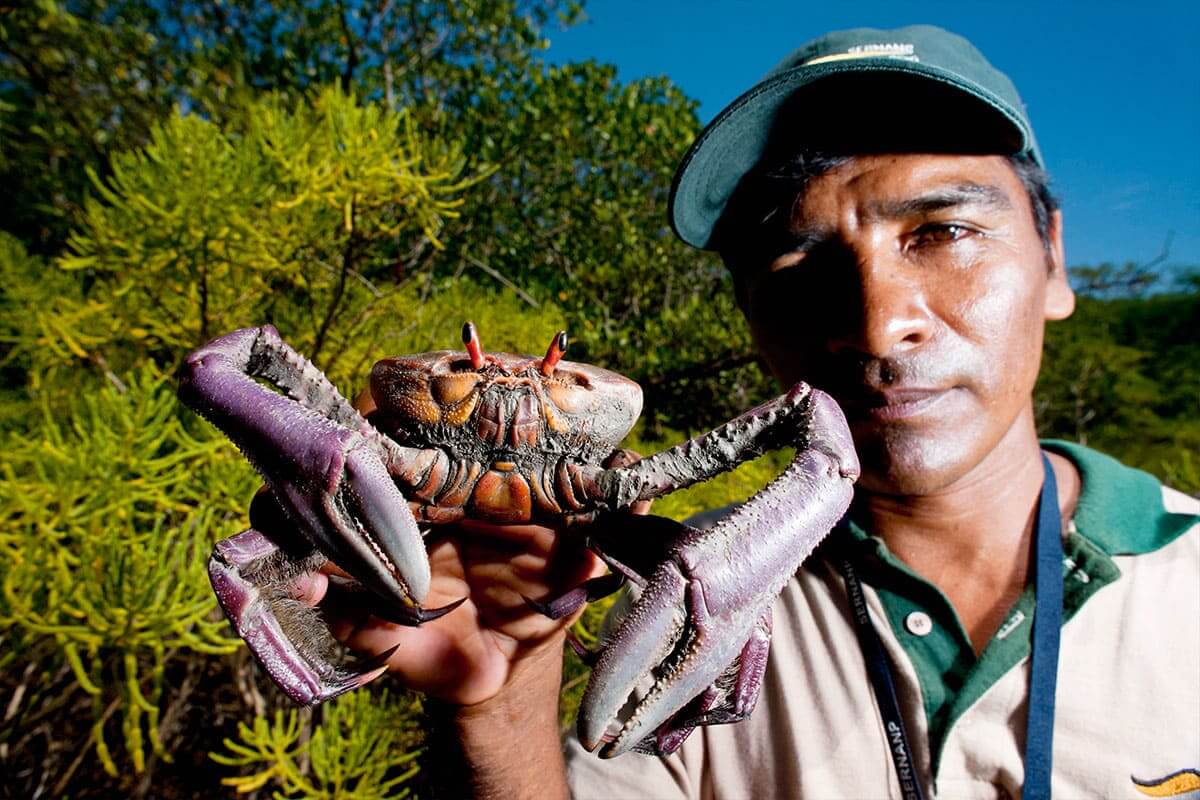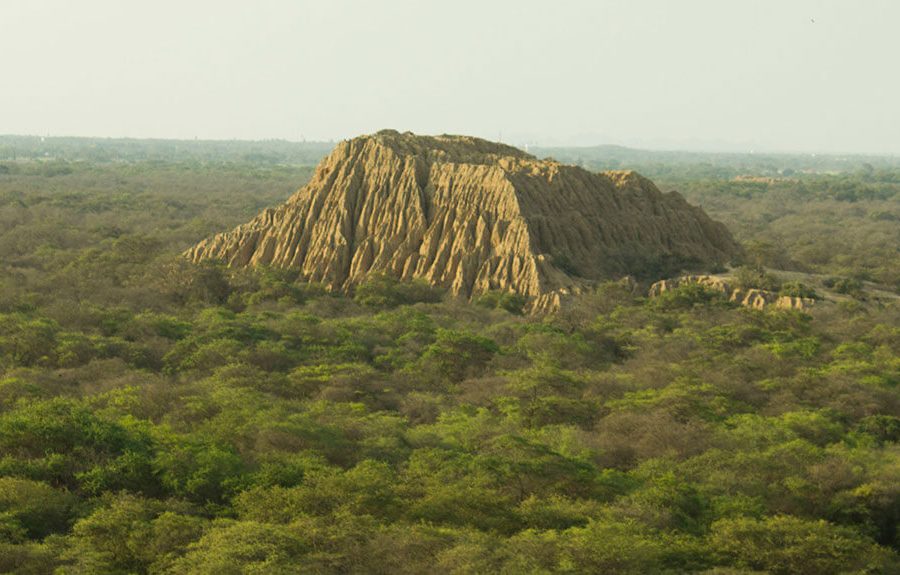Location
Province of Zarumilla, department of Tumbes.
 Search in Map
Search in Map
 Alerts
Alerts

Visit one of the most particular and conserved destinations in the world for its beauty and richness of terrestrial and aquatic flora and fauna, a place where majestic mangroves up to 25 m high, wetlands and forests, as well as various species of plants, are preserved. In this green paradise located a few meters from the coast, and which is accessed by a gentle boat ride from the city of Tumbes, large turtles, abundant fish, crustaceans, and mollusks (shells, crabs, and snails ) of various species will be found.
The mangroves are also a refuge for the Tumbes crocodile, which is on the way to extinction.

Province of Zarumilla, department of Tumbes.

2,972 hectares.


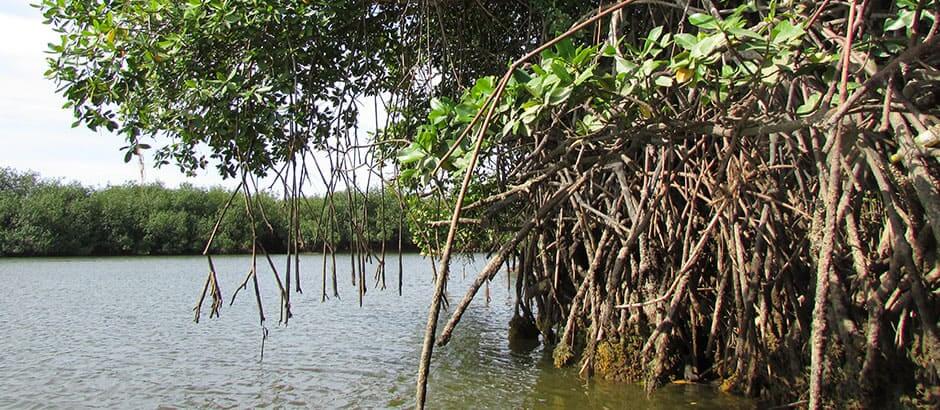
From Monday to Friday / 8:00 - 13:00 h / 15:00 - 18:00 h.
| VALID FOR 1 DAY | VALID FOR 2 TO 3 DAYS | VALID FOR 4 TO 30 DAYS |
|---|---|---|
General National Locals2 |
Generalers National Locals2 |
Generalers National Locals2 |
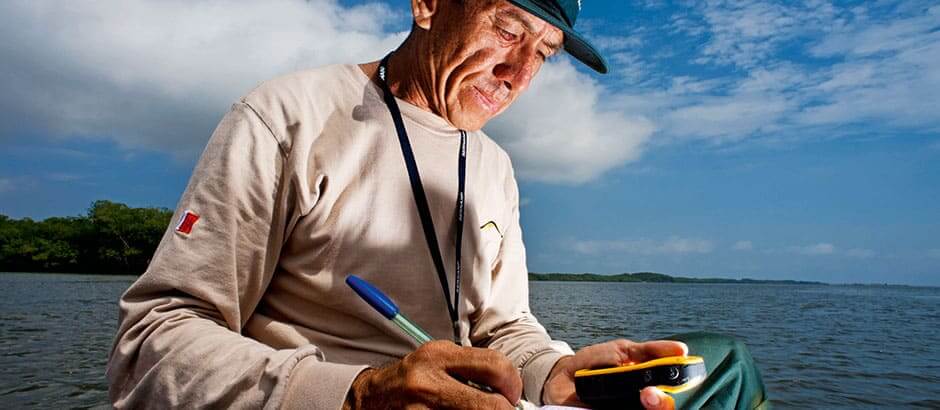
PNA Anniversary, World Tourism Day (September 27th).
Head of the PNA
| From Lima to Tumbes: | by air 1 hour and 45 minutes. |
| From Lima to Tumbes: | by land 20 hours 1259 km. |
| From Tumbes to Zarumilla: | by land 30 minutes 25 km. |
| From Zarumilla to El Algarrobo Checkpoint (Manglares de Tumbes NS): | by land 15 minutes / 8 km. |
| From Zarumilla to Puerto 25 Checkpoint (Manglares de Tumbes NS): | by land 10 minutes / 5 km. |
From the Puerto 25 Pier or El Algarrobo Checkpoint Pier- Zarumilla Estuary- El Gallegos Path.
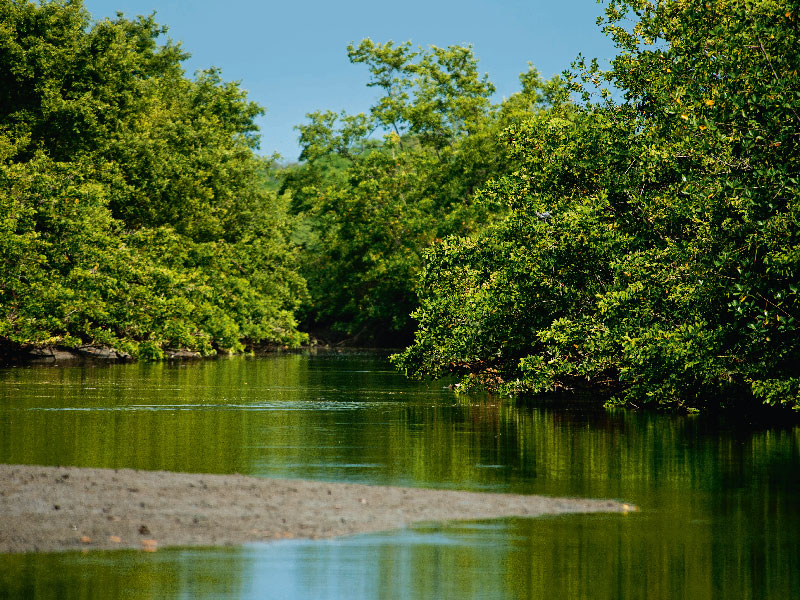
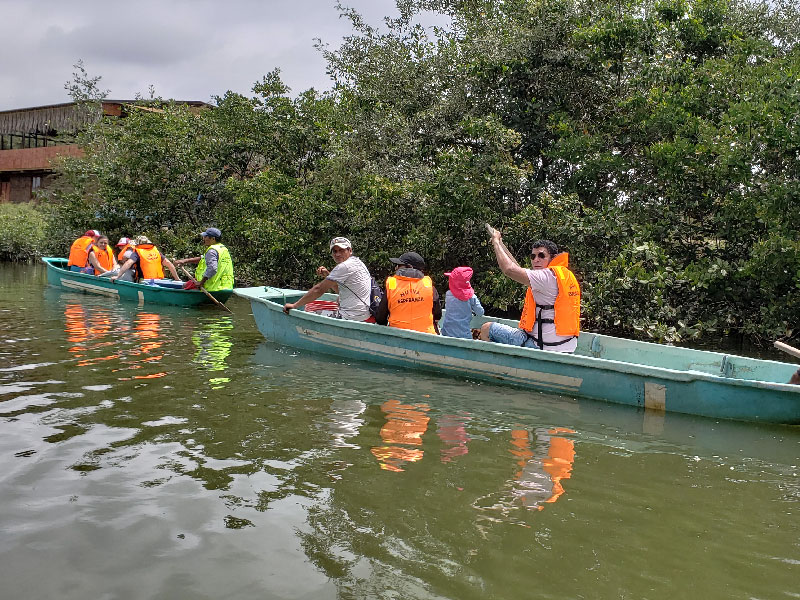
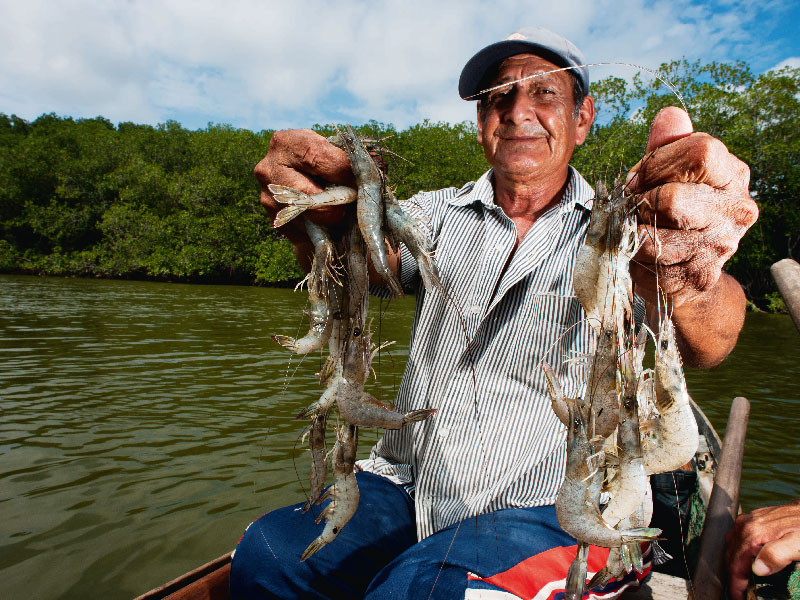
Minimum, 1 day
Also find out which operators have the Aliados por la Conservación brand here
Ideal for bird watching practice.
From Puerto 25 Pier or El Algarrobo Checkpoint pier- Matapalo Island - Punta Capones.
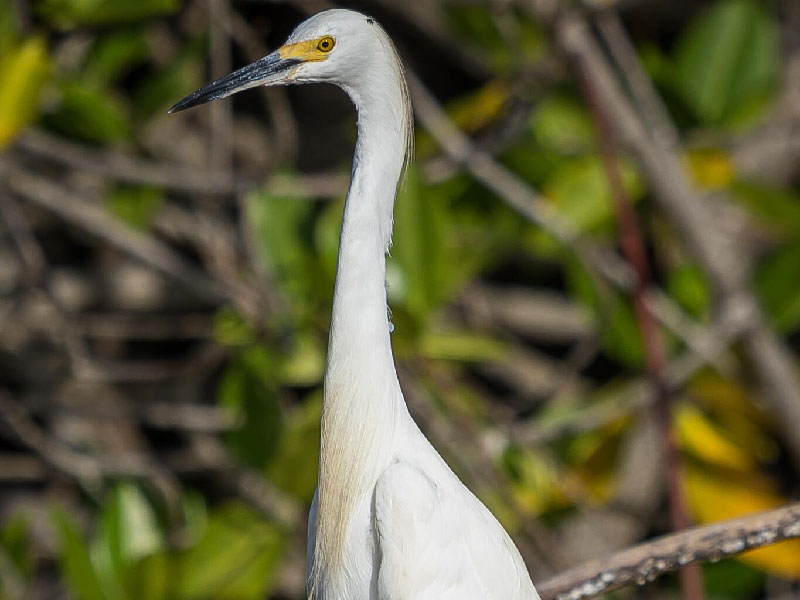
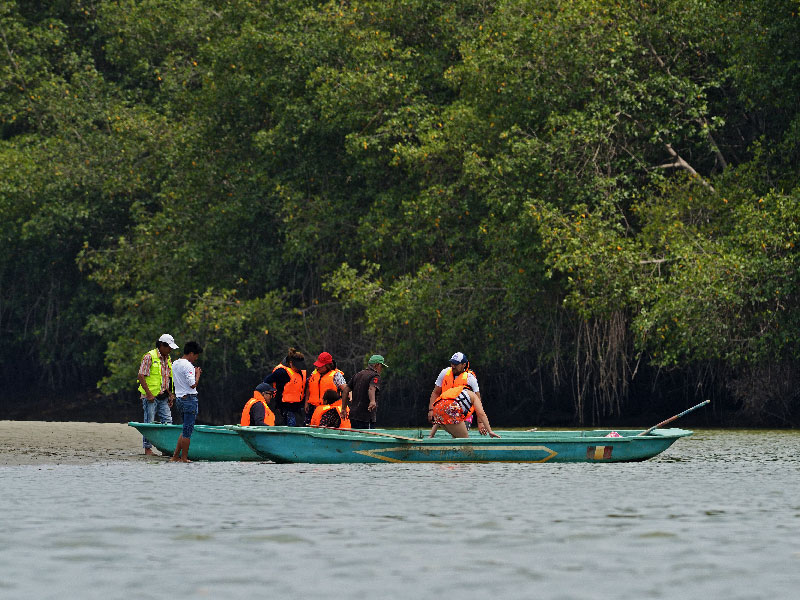
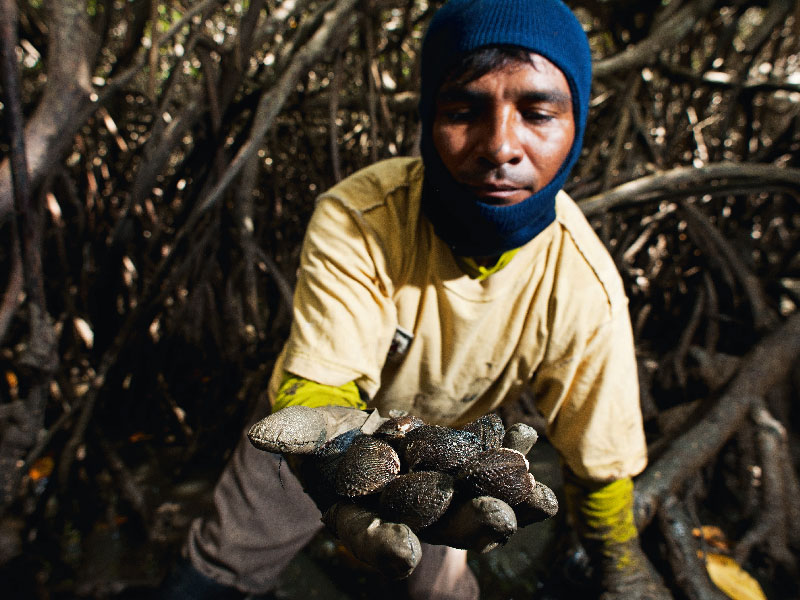
Also find out which operators have the Aliados por la Conservación brand here
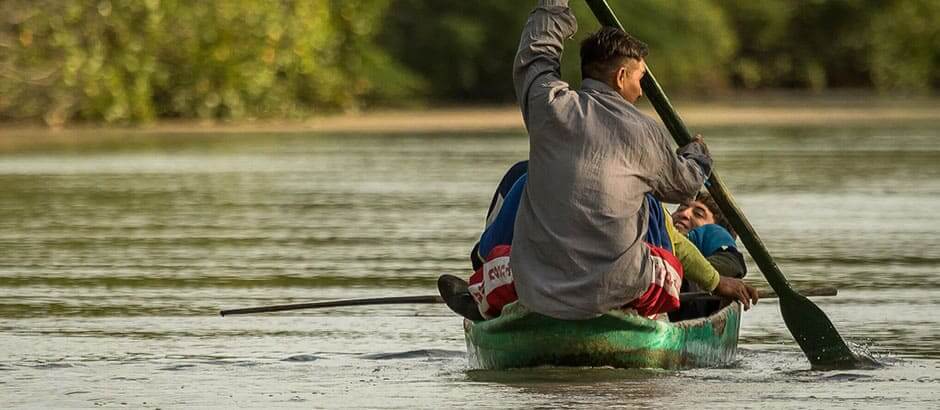
For bird watching fans, with good binoculars in hand, it is recommended to enter in the early hours of the morning to appreciate the tiger heron (Tigrisoma mexicanum), which walks along the shores of the Algarrobo, Soledad and Zarumilla estuaries. The name of this bird is due to its neck beautifully adorned with stripes, similar to those of a tiger. One of the characteristics of tiger herons is that they tend to remain immobile for long periods of time at the water's edge, with their necks extended diagonally, waiting for prey, which can be fish, frogs, crabs, and insects. Depending on the time of the tides, you can see in the Puerto 25 sector (entrance to the PNA) how a traditional extractor puts on his peculiar clothing, which goes from a cloth cap (which, inside, they place a dropper with oil , repellent or coconut oil and cigarettes to repel mosquitoes), and replacement cloth thimbles. Also, thimbles and sleeves, two to three jersey fabric shirts, gabardine pants or sweatpants, a jersey material underwear on top of the pants (this to avoid being bitten by mosquitoes), long socks and rubber boots. Then, they take their canoe with oars and jicra in hand, and they go out at full speed as a competition with their other companions, with the sole mission of saving time from the tide and thus collecting the best hydrobiological products found in the sectors further afield, where the ecosystem is jealously guarded.
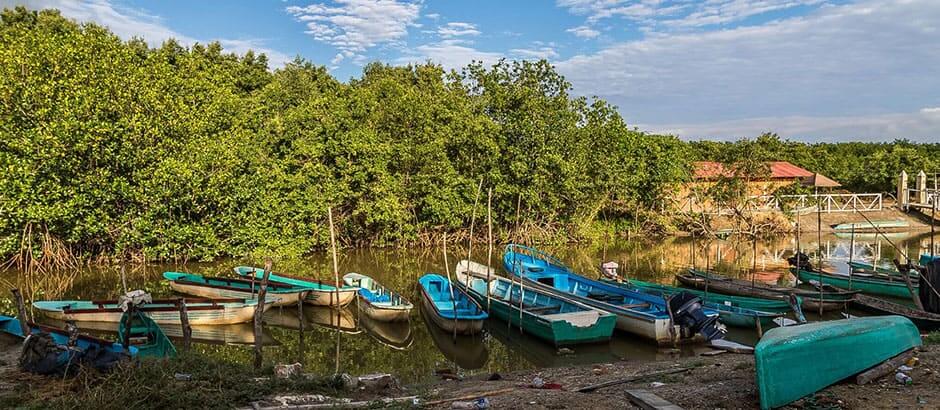
At the moment there are no tour operators
